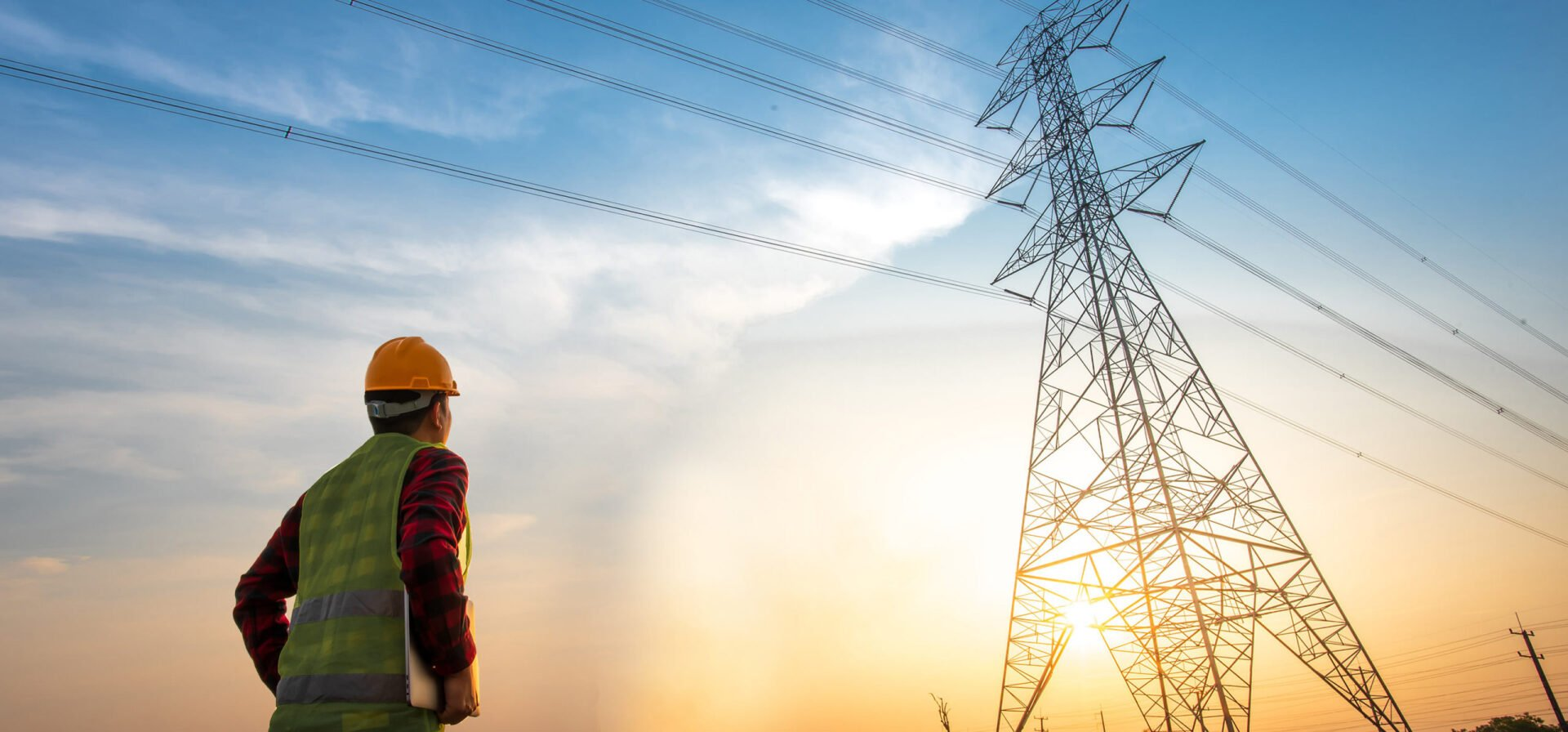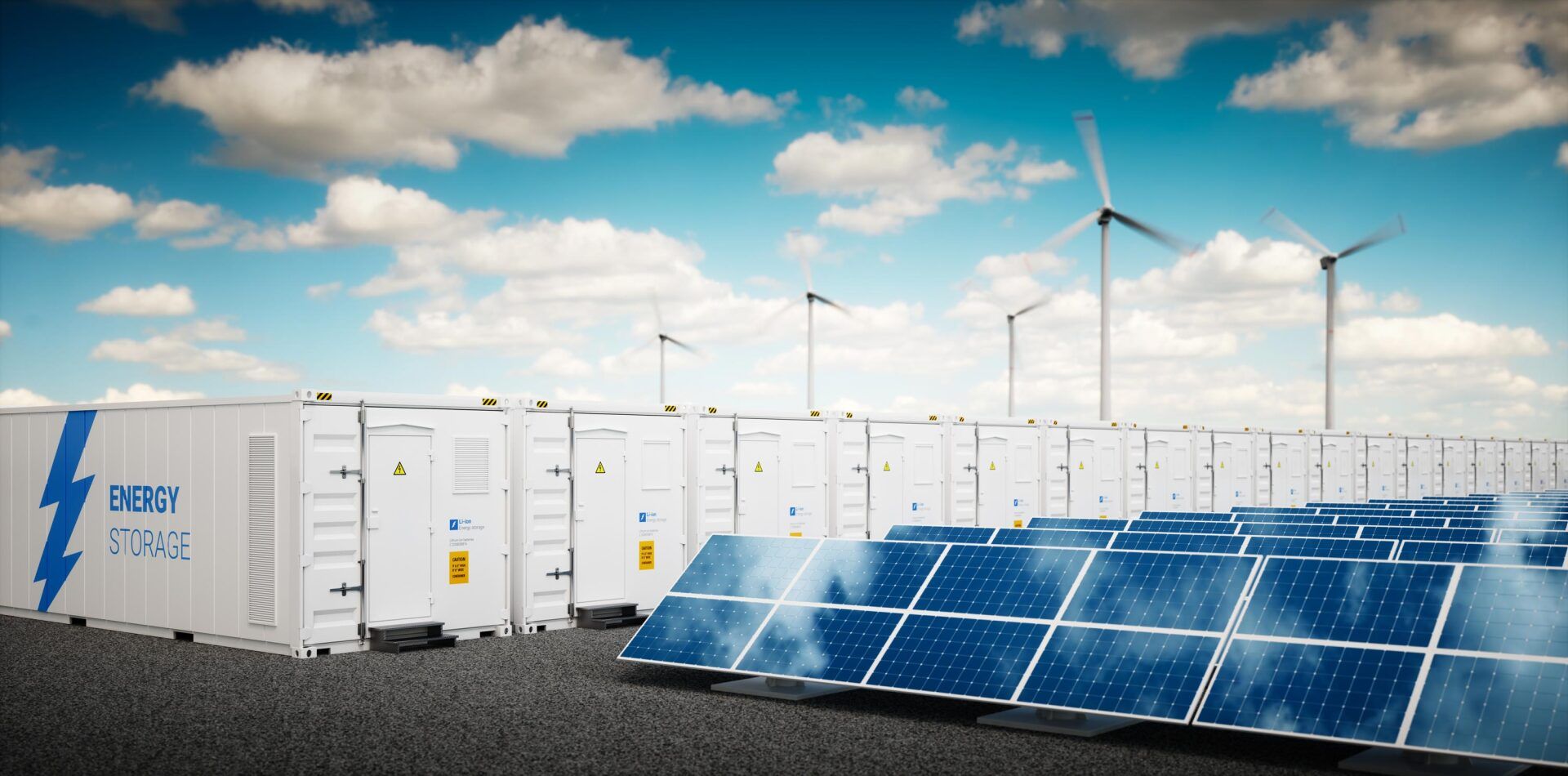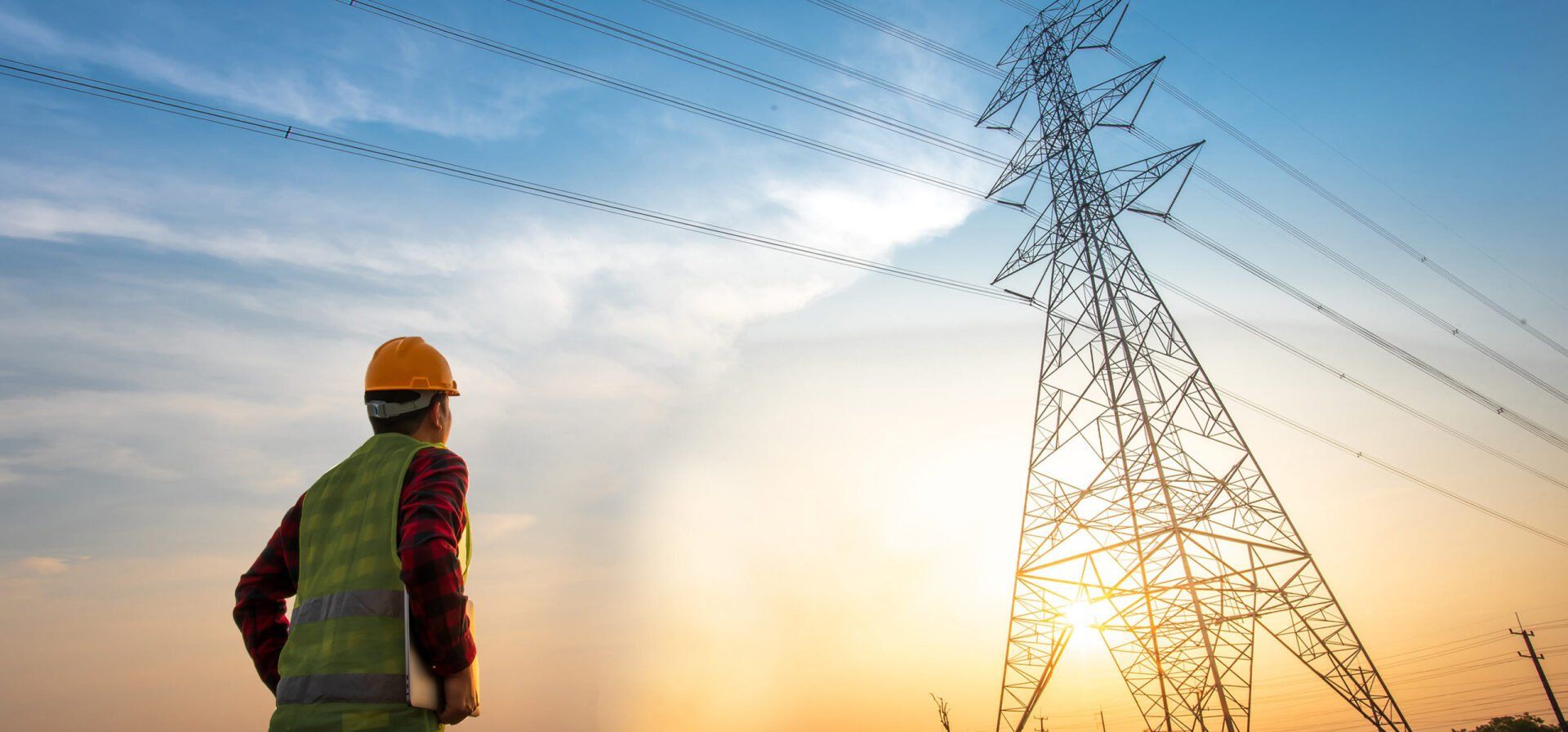Industry News
Blog Content
Engineering & Interconnection

Generation resources are the backbone of the electric system, helping the grid meet reliability, sustainability, and cost optimization goals. Frequency regulation in California is chiefly the responsibility of the California Independent System Operator (CAISO), and is accomplished via the following objectives: Continuously matching generation resources to demand to keep the system’s frequency at 60 hertz. Assuring an appropriate level of generation reserves exist in the event of a forced outage. Operating the energy and ancillary services markets to meet reliability at the lowest possible cost. Each of the above challenges depends on meticulous generation data from each California Generation resource. All new resources are integrated into the CAISO control system via the New Resource Implementation (NRI) process, which enables CAISO to forecast the impact of new resources on the system’s ability to meet demand and economically dispatch energy resources in the market. The NRI process is comprised of six “buckets” or phases of related and sequenced tasks, which provide CAISO with the information needed to ensure a safe, reliable, and economic integration of each new resource into the grid. The NRI process relies heavily on a web-based interface known as the Resource Interconnection Management System (RIMS) and the project getting into an appropriate Full Network Model (FNM) Build. The NRI Bucket System is derived from the FNM Build and the resource’s project implementation date. These Bucket timelines and deliverables are set to support the resource’s capability and integration into the market systems within the CAISO. Although the NRI implementation schedule can vary, CAISO’s current process requires approximately three months, with precise milestones prescribed throughout the process. The earlier buckets are focused on precise data collection and contract negotiation. The first buckets generally require weeks to complete. Later buckets are focused on telemetering and confirming data is a faithful representation of reality. The later buckets generally take days to complete. Below is a summary of those buckets. Bucket 1: Focused on planning functions and representing the resource in the CAISO’s Full Network Model. Bucket 2: Focused on regulatory contracts. In addition to facilitating Bucket 2, GridSME can advise clients in negotiating required agreements. Bucket 3: Focus is validation and preparing the market model for the resource’s participation. These items are the most critical to reach the desired implementation date with the CAISO. Bucket 3 deliverables need careful consideration and planning, and they need to be accepted 30 days in advance of the resource’s estimated commercial operation. GridSME will assure that these critical items are properly submitted. Bucket 4: Includes CAISO synchronization approval and the trial operation procedures that need to be followed by the Generation Owner and Scheduling Coordinator. The remaining deliverables in Bucket 5 are the final documentation of meters and RIG prior to requesting the project’s Commercial Operation. The Scheduling Coordinator has some responsibilities in Bucket 5, however, GridSME can expedite bringing your project through this critical period toward commercial operation. Bucket 5: includes CAISO synchronization approval and the trial operation procedures that need to be followed by the Generation Owner and Scheduling Coordinator. The remaining deliverables in Bucket 5 are the final documentation of meters and RIG prior to requesting the project’s Commercial Operation. The Scheduling Coordinator has some responsibilities in Bucket 5, however, GridSME can expedite bringing your project through this critical period toward commercial operation. Bucket 6: Project close-out with the CAISO. The GridSME team will assure that your project closes-out successfully as an integrated part of the CAISO, assuring a reliable electric supply. The GridSME NRI team understands the current CAISO NRI process and requirements and has developed a system and process that seamlessly integrates with the CAISO NRI process. These customized systems and processes allow our customers the ability to stay ahead of the timelines that CAISO designates and meet the project’s scheduled availability.

In preparation for the upcoming CAISO Transmission Planning Process Requirement pertaining to the Electromagnetic Transient (EMT) Modeling Guide for Inverter Based Generators (effective May 31, 2019), GridSME has developed a Frequently Asked Questions (FAQ) bulletin to support effected entities. GridSME has observed that this requirement has created numerous questions for generators within the CAISO footprint. If your facility is a Category 1 or 2 you may be required to submit an EMT model suitable for sub-synchronous resonance (SSR) studies. These FAQs are designed to provide a better understanding of the EMT model requirements. Questions addressed in this bulletin: What is an EMT Model and what is it used for? How do I know if I have to provide this information to CAISO? What category has the CAISO identified my generating plant as? What information is required to complete an EMT model? What is the format that I need to submit the required data? What happens if I do not comply on time with the CAISO TPP BPM? If you would like more information on how this requirement may impact your organization, don’t hesitate to reach out. We look forward to assisting you with the EMT submission requirements or answering any questions that you may have. Click Here to Read the Full Article

In an effort to help a broad audience see and understand how storage can be monetized in wholesale electricity markets (such as in CAISO), GridSME is using its eStorm model to simulate a fictional in-front-of-the-meter battery operating on a Bay Area Pnode throughout 2019. We call this fictional storage project Greenbrier – a 2 MW, 8 MWh standalone storage project. As the year progresses, we’ll share the battery’s performance, strategy, results, and our analysis. Below are the results from March. Click here to read the complete Greenbrier BESS March Analysis

Does your organization interact with CAISO? If so, you may be aware that CAISO is updating its interconnection process and making the Resource Interconnection Management System v5 (“RIMS5”) the sole location for the transmittal of information pertaining to interconnection applications, interconnection studies, meter installation and maintenance projects (that are not Scheduling Quality Meter Data (SQMD) or Distributed Energy Resource Provider (DERP) projects), and New Resource Implementation (NRI) projects. What does this mean to you? You will no longer be able to email, mail, or physically deliver to CAISO documents or information related to the project types noted above. The transmittal of those documents will need to be done through RIMS. When is this change effective? December 31, 2017 If you aren’t ready for this change, don’t panic. GridSME can help. Read the full write-up here

